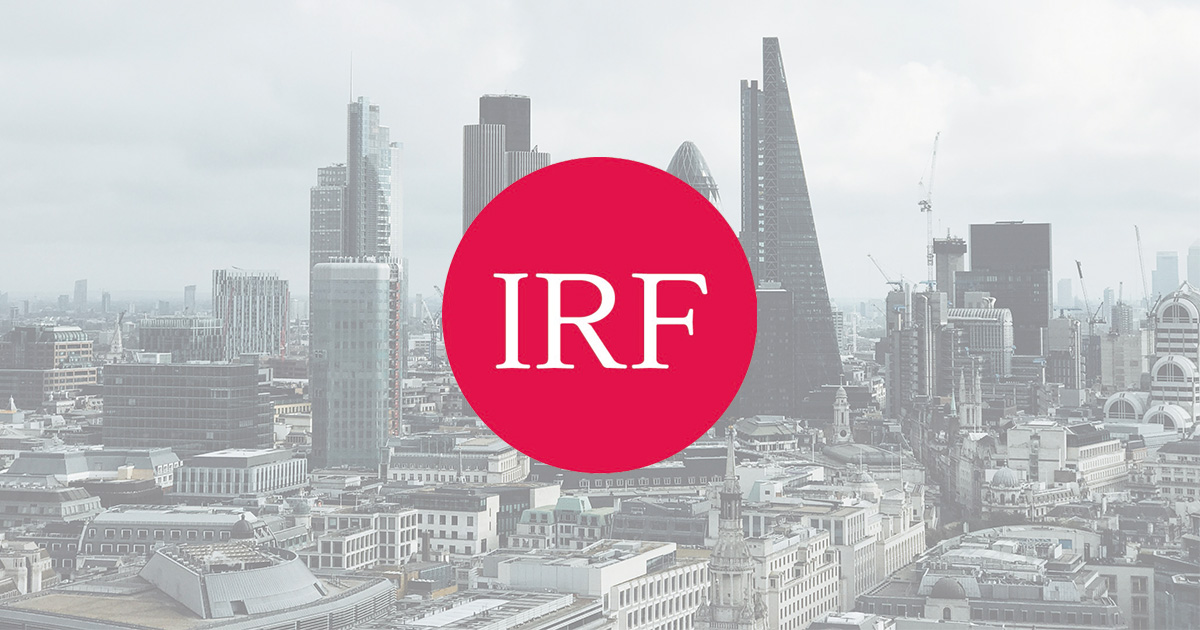Inflation, Terminal Rates and the Central Bank Peloton
Talking Heads Macro
Wed 03 Nov 2021 - 15:00
Summary
Manoj is of the view that there are three inflation cycles playing out today. The first is demand-driven inflation arising from Covid supply shortages, which central banks are almost exclusively focussed on. The second is cyclical inflation from the Phillips and Friedman channels, which he said advanced economies are showing absolutely no concern about. The final inflation cycle Manoj noted was demographic inflation. On demographic inflation, Manoj noted how among the population, those who are dependents have an inflationary effect, and those able to work have a deflationary effect. He suggested that inflation rises as the share of dependents in the population outstrips that of the working population. Therefore, countries with aging populations will experience rising debt ratios in the future, thus debt concerns at present from Covid are merely a minor bump in the road. In summary, Manoj argues that central banks are not presently following any particular model of inflation, instead, he argued that they’re ‘winging it’. He further suggested that cyclical inflation is predominant, and that there is nothing central banks can do to control it. Manoj noted, however, that central banks are being forced to act because they are faced by a significant labour issue. This issue, he suggested, arises from the fact that in low contact sectors, such as manufacturing, employment and wages have grown, whilst conversely, in high contact sectors, like services, the opposite has happened. For the coming months Manoj forecasts that Christmas excess demand will exacerbate supply-demand imbalances, forcing terminal rates higher. He also suggested that whilst 2021 has been preoccupied with inflation, 2022 will be focussed on growth. As such, he suggests that the second derivative of the post-covid bounce will drop and tightening from 2021 will hurt some economies more than others in 2022. Consequently, Manoj argued that the global economy will go out-of-sync as first derivatives diverge, that there’ll be a reduced chance of overheating, and EM central banks will ease policy rates even as the Fed hikes. In the longer term, he forecasted that during 2023-24 the global economy will resynchronise, overheat and by the end of 2025 the current cycle will end.
Topics
Central banks aren't different from cyclists - both are forced to herd together and react to headwinds (inflation) and each other
EM central banks have provided two signals for their DM cousins - only one of them has been priced in so far
Most DM central banks have seen hikes priced in for the next 2 years (the Riksbank is the key exception and the most asymmetric payoff - the RBA isn't really an exception, more of a distortion)
However, terminal rates for EM have gone above those for the past cycle - that will happen for DM central banks too
But when, and where?
